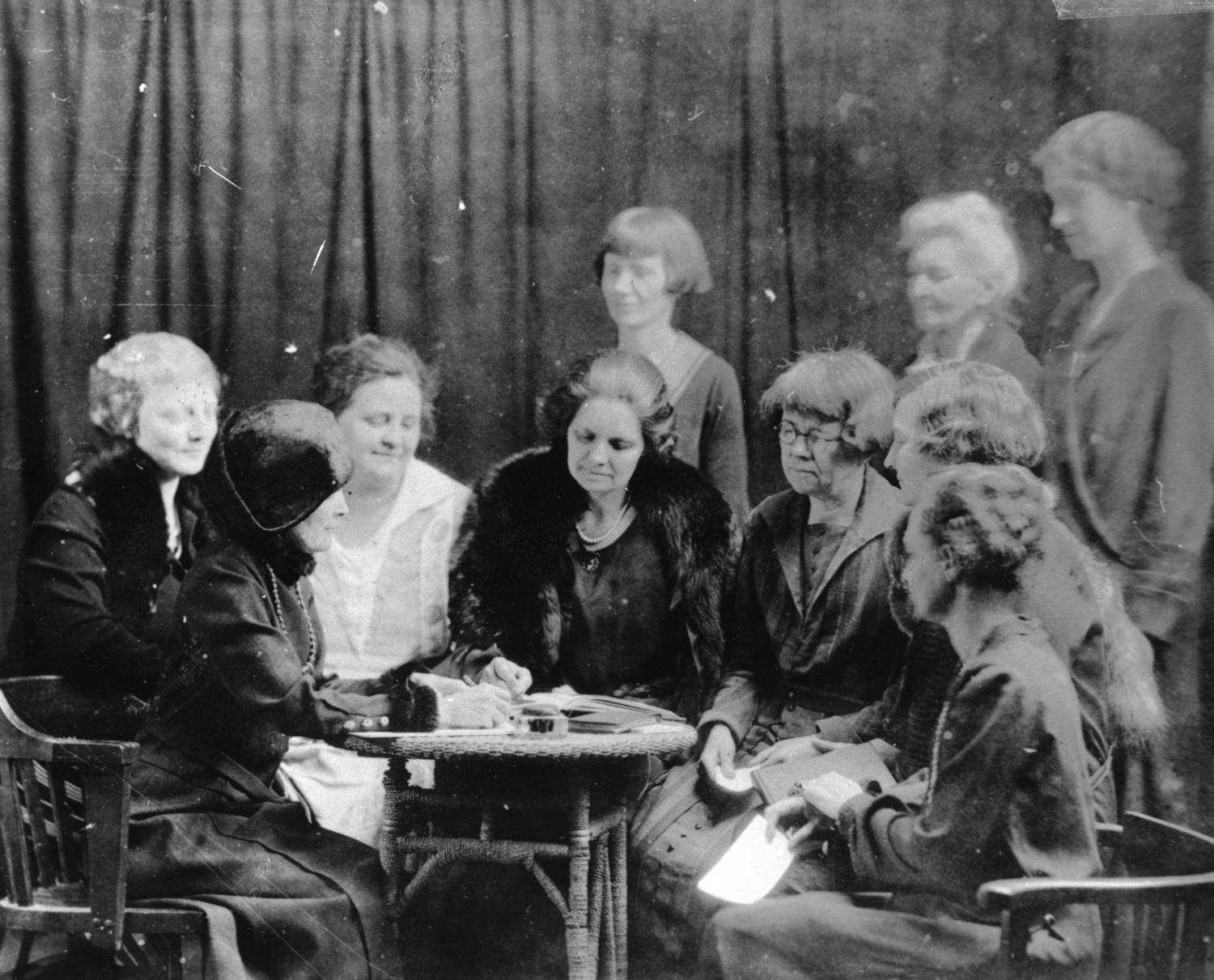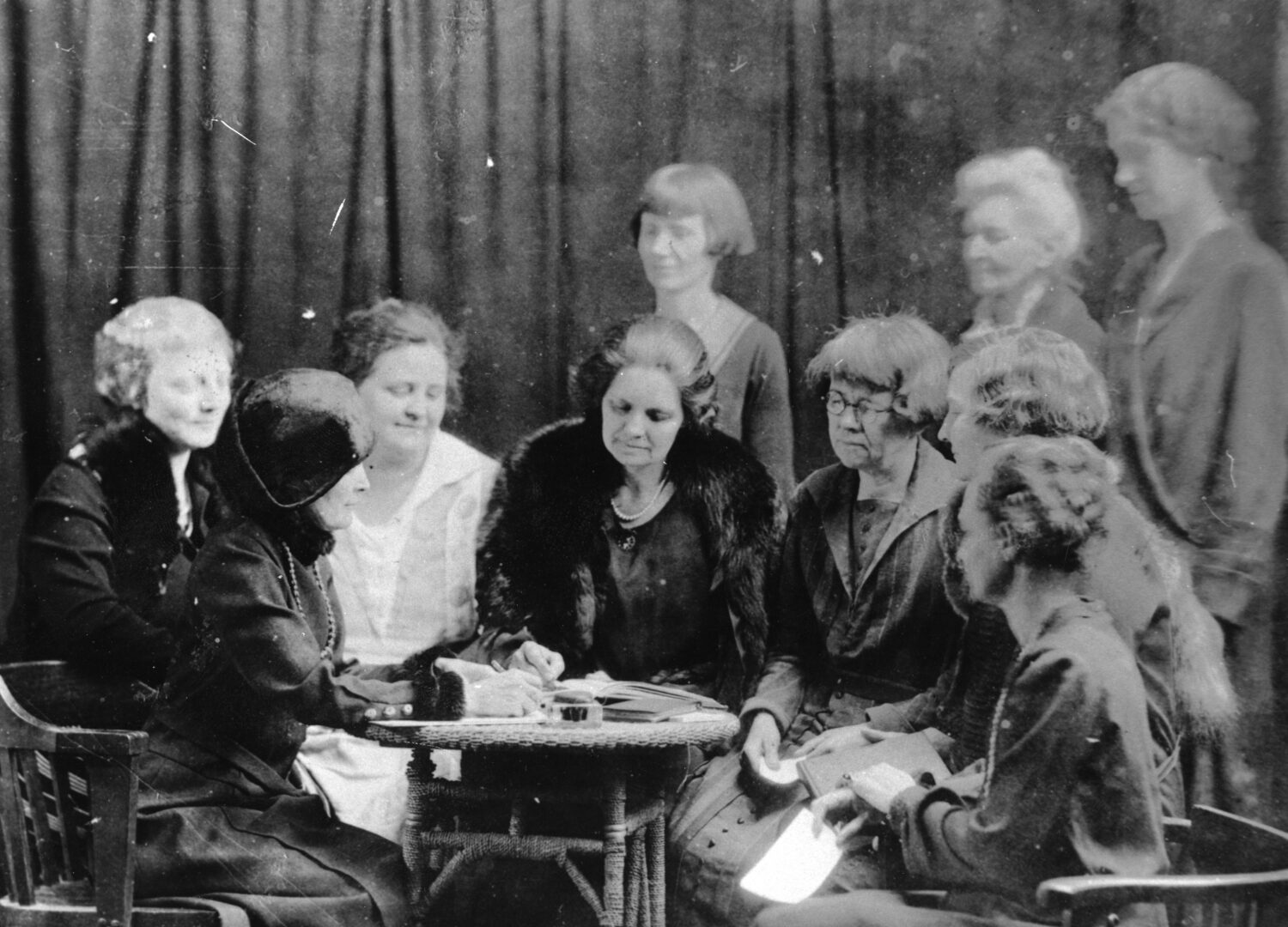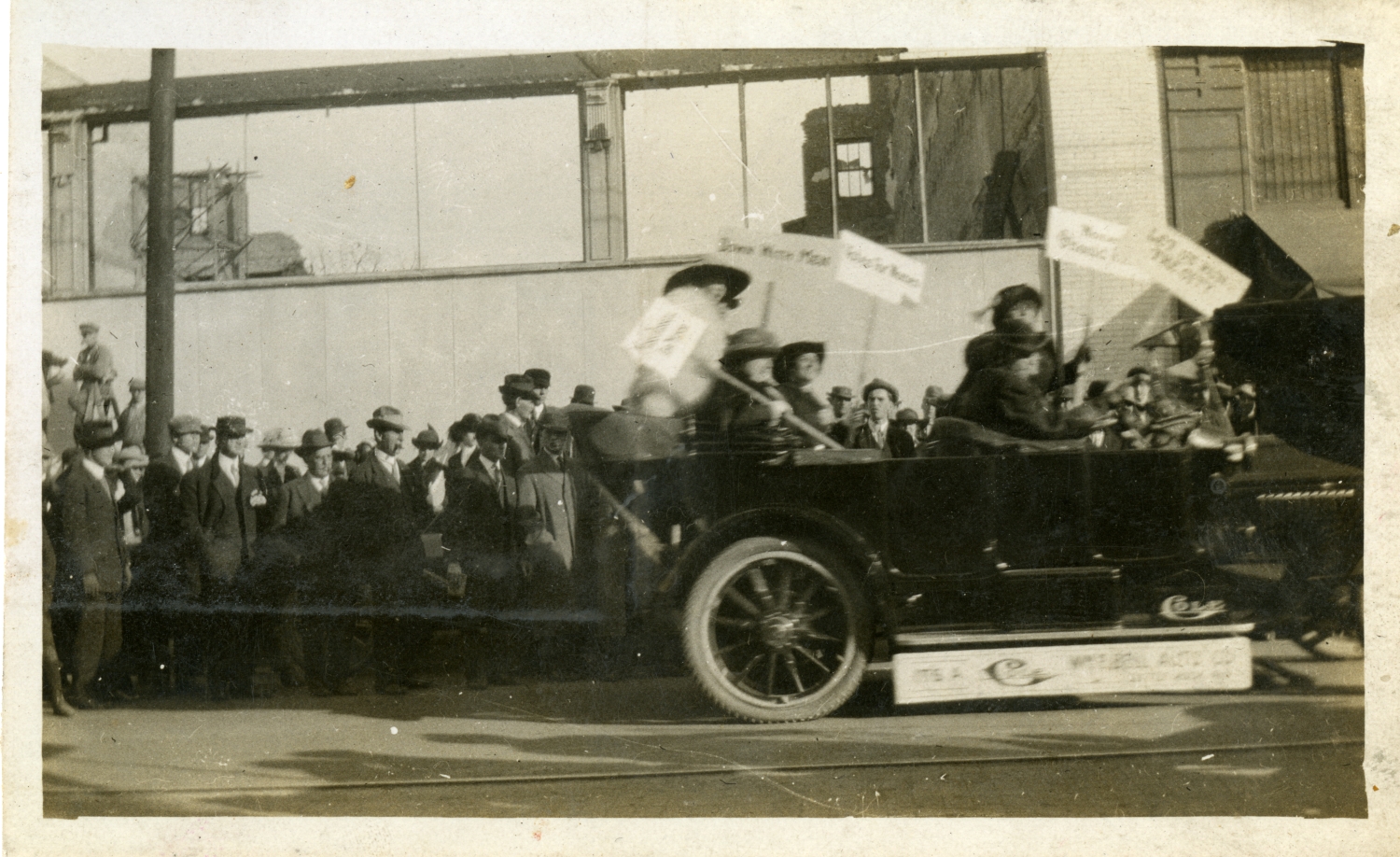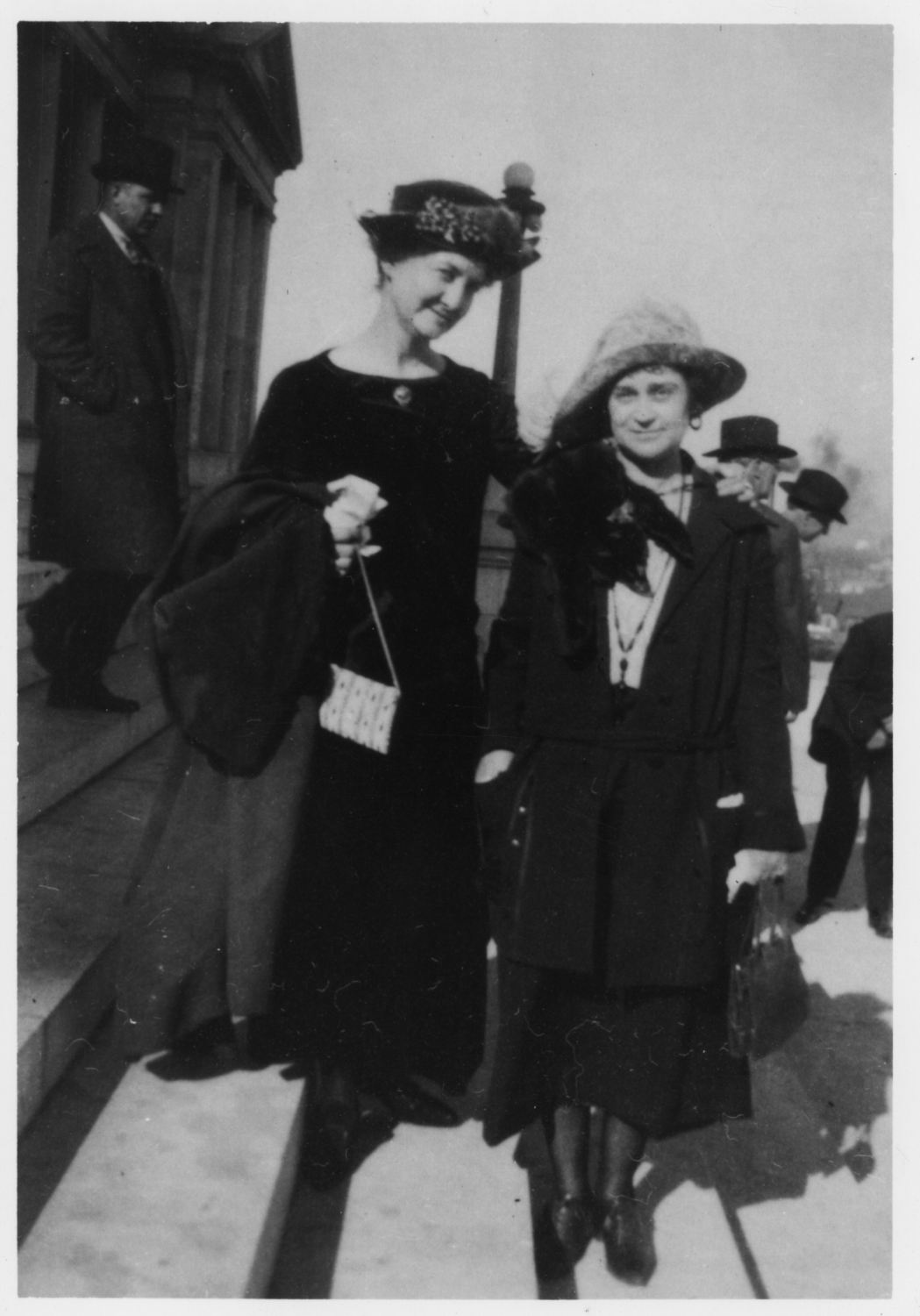Introduction
Prior to the colonization of the Americas by Europeans, many indigenous (Native) American cultures recognized the political power of women. While men dominated indigenous leadership structures, women often participated or were consulted in political decision-making processes. In general, relationships between indigenous men and women were more equal than in European cultures, indigenous women enjoyed rights that European women did not have, and indigenous gender roles were more fluid than in European societies.
As Europeans continued to colonize new territories in the Americas, they also transferred their understanding of gender relations and laws that regulated the position of men and women in the society. By and large, European women, including first European women and their descendants in North America, had no legal, political, or economic rights even when female monarchs (queens) led some of the greatest powers of Europe. That does not mean, however, that women did not play a part in the political lives of their communities. By engaging in local churches and charities, participating in local economies, or taking responsibility for their children’s education, women always had some impact on local politics, even if they did not have formal political rights.
By the mid-19th century (1800), ongoing efforts to grant political rights to women – including the right to vote – became better organized and more visible across the United States. In Arkansas, the first serious attempt to grant women the right to vote emerged shortly after the Civil War, when Miles Ledford Langley of Arkadelphia proposed at the 1868 Arkansas Constitutional Convention that “all citizens 21 years of age, who can read and write the English language” should be eligible to. While this proposal was rejected, the fight for women’s political rights did not cease. Women’s rights organizations mushroomed across the state and while they fought for women to be recognized as equal to men in all aspects of life, their agenda focused particularly on one goal: suffrage, or voting rights for women. They implemented various strategies to achieve their goal. They published and distributed suffrage newspapers and pamphlets, organized marches, parades, and rallies, and sent petitions to local and national legislatures that demanded voting rights for women. In 1917, all these efforts resulted in Arkansas women gaining the right to vote in primary elections.
In 1919, Congress passed the federal women’s suffrage amendment, which Arkansas ratified only a month later, becoming the twelfth state to ratify the Nineteenth Amendment. In this activity, you will examine three photos that document crucial moments in Arkansas women’s rise to political power.
Activity Questions
- Where and when was this photo taken?
- Who are the individuals in the car and what are they doing?
- Pay close attention to the individuals in the car and the spectators on the side of the road. Describe the two groups. What is a major difference between them?
- Note that this photo was taken around 1912-1913 when cars were still rare. Not many individuals owned a car, and it was even more unusual for a woman to drive a car. Why do you think the women who fought for voting rights chose a drive-by as a form of their political protest? What could a car symbolize for them and for the men who were their audience?
- Why do you think it is mostly men who appear in the audience standing on Main Street in Little Rock?
- Who are the two women in the photo? When was the photo taken?
- Note that one woman is described as “Mrs.” and one as “Miss.” What do these two terms tell us about the two women? Why are they added to their names?
- Research Frances Hunt and Erle Chambers. What were their contributions to the history of Arkansas?
- List one female legislator that currently serves in the Arkansas State Legislature. Check the Legislature’s website for more information.
- Go to the website of the Arkansas State Legislature and research how many women currently serve as state legislators. Is it more or fewer than men?

Photo 3: Mayor and members of the city council in Winslow, Arkansas, pose for a group portrait. Elected in 1925, they were nicknamed “the petticoat government.” Seated is Mayor Virginia Maud Dunlap Duncan. She was also the editor and publisher of Winslow American and the city’s only registered pharmacist. The other council members are Lyda Cole, Florence Marley, Audie Crider, Bee Chervery, Daisy Miller, Etta Black, Martin Winn, Virginia C. Dunlap, and Stella Winn, 1925. Women in Arkansas photograph collection, ca. 1850s-1980s (UALR.PH.0067)
- Who are the women in the photo?
- Do you know why they were nicknamed “the petticoat government”? For more information see this article: https://encyclopediaofarkansas.net/entries/petticoat-governments-7555/
- What were some of the contributions of the Winslow city council under the leadership of Virginia Maud Dunlap Duncan? Was the petticoat government popular in Winslow during their terms?
- Name one city or town in Arkansas that currently has a female mayor. What is the mayor’s name? Do online research if necessary.
- Name one city or town in the United States that currently has a female mayor. What is the mayor’s name? Do online research if necessary.
- Name one country in the world that currently has a female leader. What is the leader’s name? Do online research if necessary.
- Why do you think there are still fewer women in American politics than men?
Primary Sources
To learn more about the primary sources featured in the activities above, click the following links:
Arkansas Social Studies Standards
Arkansas History, Grades 7 – 8
- Strand: History
- Content Standard 7: Students will examine the impact of historical events and people on the development of Arkansas
- H.7.AH.7-8.9 Examine social and cultural transformations in Arkansas
- H.7.AH.7-8.10 Research contributions made by Arkansans in the fields of art, medicine, politics, science, and technology in the 20th and 21st centuries
- H.7.AH.7-8.11 Construct historical arguments about the contributions made by various political and military leaders in Arkansas
Arkansas History, Grades 9 – 12
- Strand: Era 4: Early 20th Century 1901-1940
- Content Standard 4: Students will analyze factors that influenced the perspectives of Arkansans in the early 20th century.
- Era4.4.AH.9-12.3 Evaluate effects of World War I on Arkansans using a variety of primary and secondary sources
US History Since 1890, Grades 9 – 12
- Strand: Era 7: Emergence of Modern America 1890-1930
- Content Standard 2: Students will evaluate social, economic, and political changes in the United States between 1890 and 1930.
- Era7.2.USH.4 Evaluate the effects of the political issues of the 1920s (e.g., xenophobia, nativism, racism, communism, Open Door Policy, labor movements, equality)
- Era7.2.USH.5 Examine reasons for and effects of social, economic, political, and cultural changes during the 1920s
- Era7.2.USH.6 Construct historical arguments and explanations about the long-term impact of social, economic, political, and cultural changes that occurred during the 1920s utilizing evidence from a variety of primary and secondary sources
Key Terms
Downloadable Guides and Handouts
We encourage K-12 educators to use History Alive: Virtually! in a way that will best match their classroom needs. The “Exercise” handout includes a complete exercise as featured on this website, the “Primary Sources” handout includes only primary sources used in the exercise, and the “Questions” handout includes analytical questions from the exercise but is editable and can be easily changed to best match students’ needs.
Arkansas Women and Politics – Exercises



